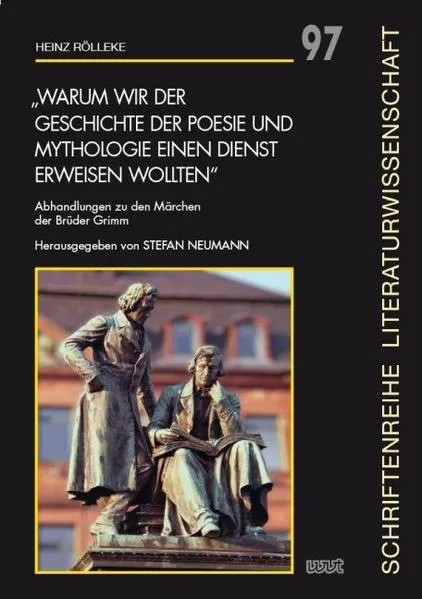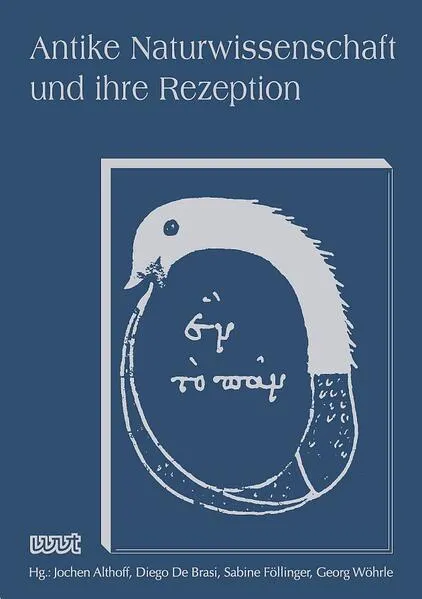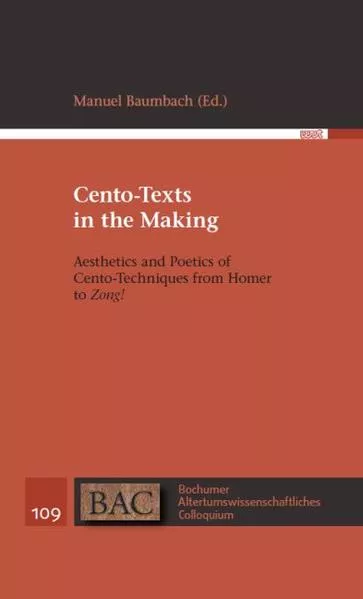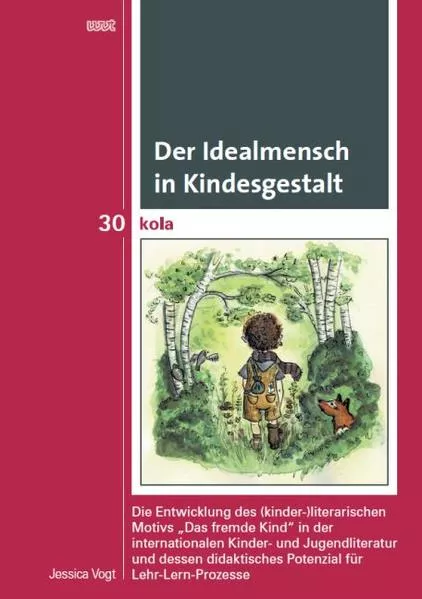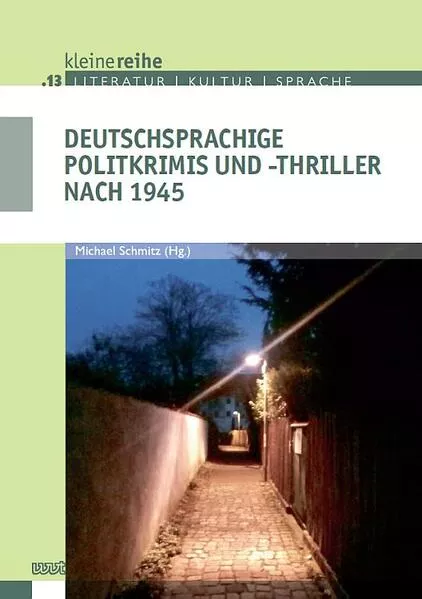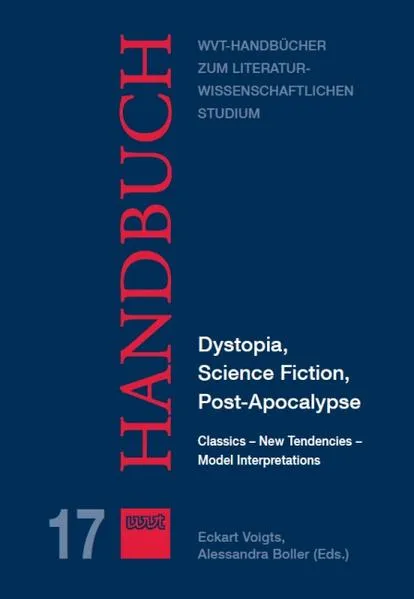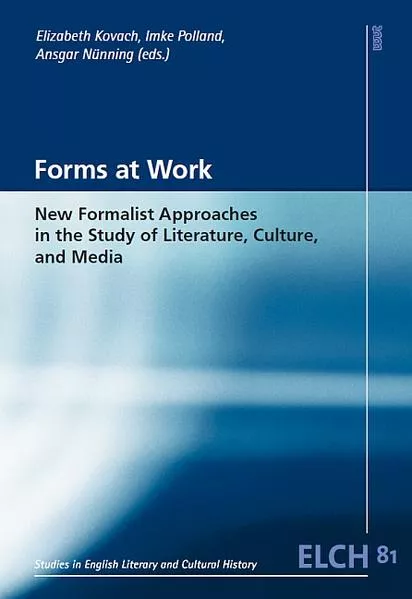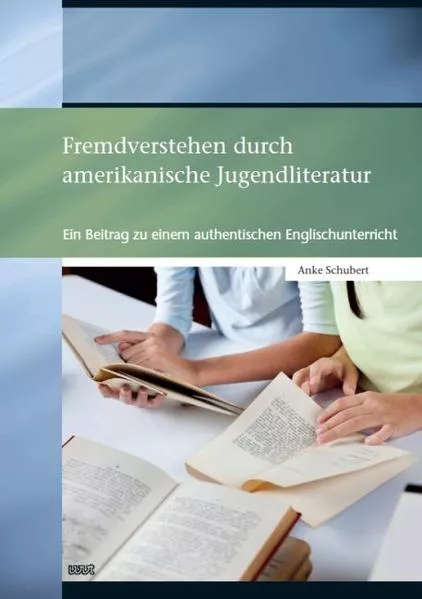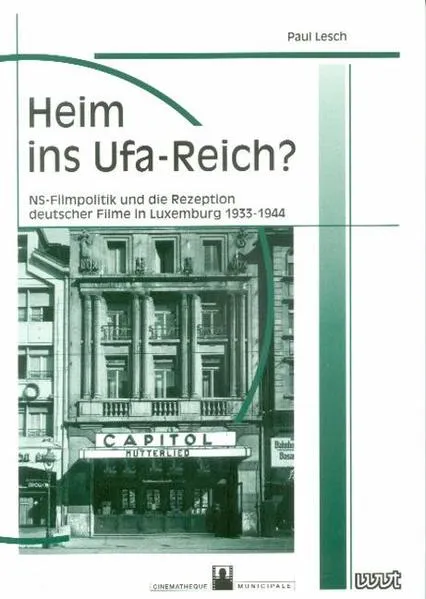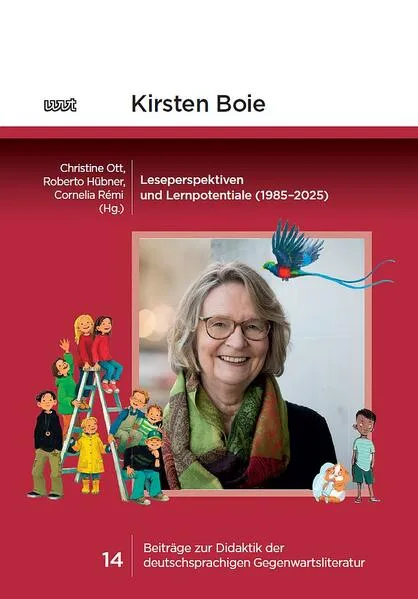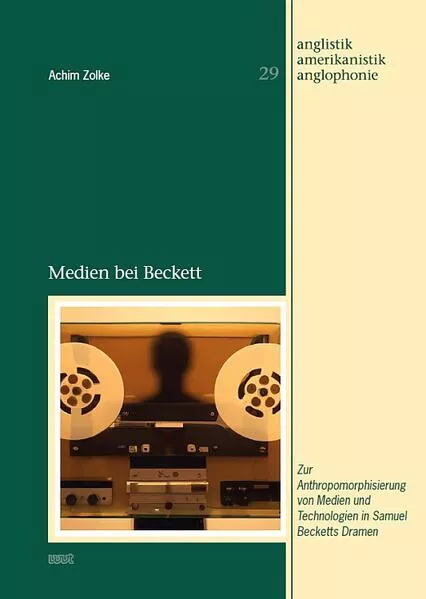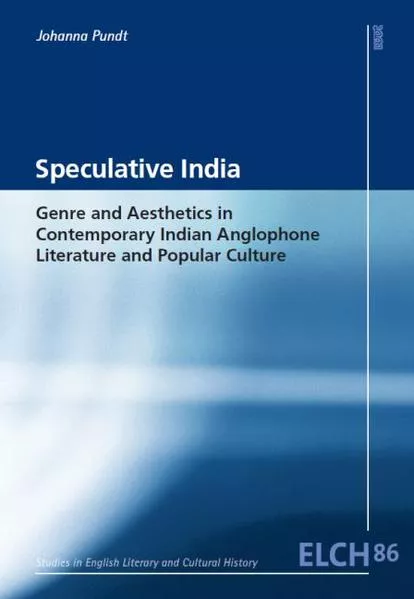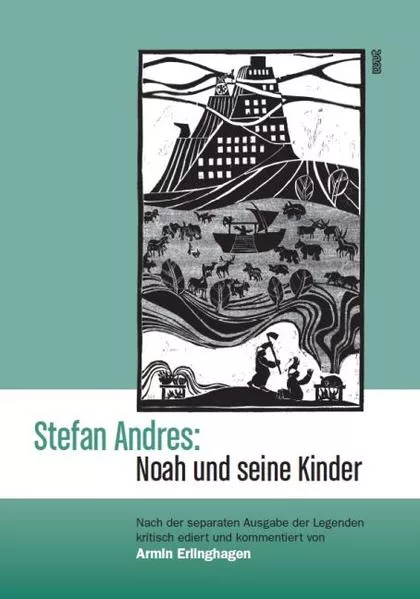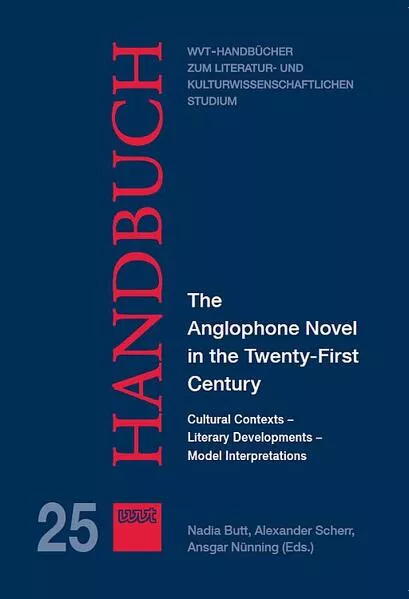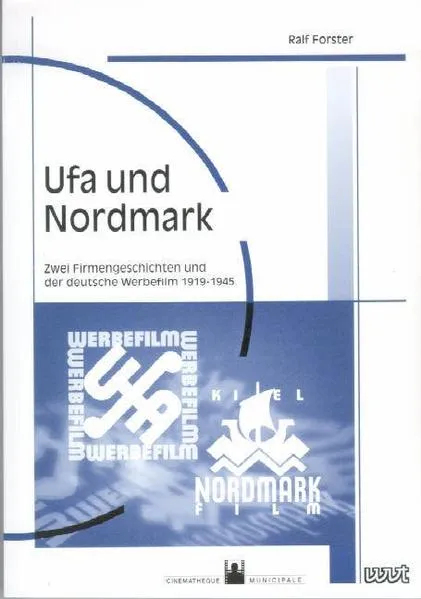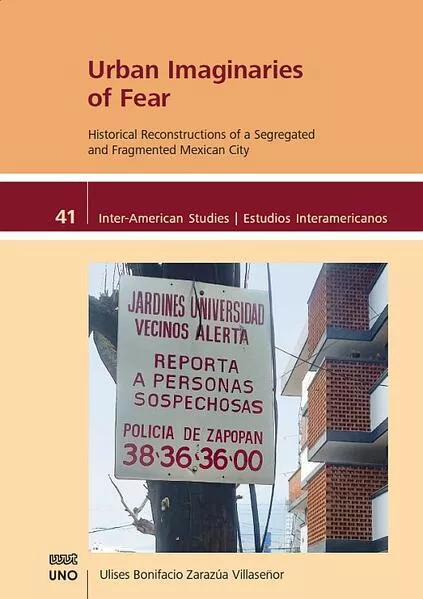
Ulises Bonifacio Zarazúa Villaseñor
Urban Imaginaries of Fear:
- Historical Reconstructions of a Segregated and Fragmented Mexican City
ISBN: 978-3-989-40045-0
234 Seiten | € 35.00
Buch [Taschenbuch]
Erscheinungsdatum:
13.11.2024
Krimi
Ulises Bonifacio Zarazúa Villaseñor
Urban Imaginaries of Fear:
Historical Reconstructions of a Segregated and Fragmented Mexican City
This investigation seeks to understand how urban imaginaries of fear have led to segregation and fragmentation in the Mexican city of Guadalajara. The distinct socio-economic spaces of Santa Cecilia and Puerta de Hierro are explored to understand the social constructions of fear and perceived danger in urban areas.
This study employs a multidisciplinary approach through ethnographic fieldwork, historical reconstruction, archival research, and media content analysis to examine the socio-spatial dynamics that have propagated the urban imaginaries of fear that exist in Guadalajara. It reveals how the historically marginalized Santa Cecilia district has been portrayed as a wild no-go zone full of danger. In turn, Puerta de Hierro's gated community reflects its affluent residents' fears and the trending desire for urban separation, isolation, and fortification.
The research concludes that urban imaginaries of fear have played a significant role in influencing public policy, city planning, urban division, social cohesion, and stereotypes that affect the quality of life for its residents. By combining historical analysis with contemporary media studies and first-hand accounts from residents from both sides of the divide, this investigation provides valuable insights for understanding the intentional processes of urban segregation and how they perpetuate and exacerbate social inequalities.
CONTENTS
Acknowledgements xi
INTRODUCTION 1
Urban imaginaries of fear: spatializing the fear in the city 2
Social constructionism 5
Urban imaginaries as a concept 6
Research questions 11
How to apply the concept to two extreme cases 13
Decomposing the urban imaginaries of fear 14
Political, social, and theoretical relevance 18
1. URBAN HISTORY OF GUADALAJARA 19
Foundation and conquest 19
The Colonial period 19
Independence 23
The Porfiriato period 25
After the Mexican Revolution: Colonia Obrera 30
The urban impact of the ISI model: the Mexican miracle 32
Changing the model of segregation and the arrival of gated communities 34
"Safe" places and "dangerous" districts in local press 36
Yahoo! Answers 37
Santa Cecilia and Puerta de Hierro: two opposite and paradigmatic cases 39
SANTA CECILIA 41
2. BACKGROUNDS: HISTORY AND DESCRIPTION 43
Foundation and history of Santa Cecilia 44
Physical description 48
Characteristics of the inhabitants 54
Local practices and urban dynamics 56
3. METHODOLOGY IN SANTA CECILIA 59
Methodological design for Santa Cecilia 59
Ethnography and urban imaginaries 61
Generalizability 64
Middle class discourse on Santa Cecilia 64
Entering the field: reflexivity 65
4. SANTA CECILIA IN LOCAL PRESS 72
The media eyes on Santa Cecilia 72
Construction of a dangerous place 77
Metanarratives 98
The cases 104
5. SANTA CECILIA: LOCAL DISCOURSE AND SOCIAL PRACTICES 115
Positioning in front of danger 115
Where is the violence? 121
Gender matters: how men and women use the space 127
Troubles outside gangs: tracking symbolic violence 128
The blurred private-public border 131
Police practices 134
Survival handbook: how to avoid becoming a victim 136
PUERTA DE HIERRO 141
6. BACKGROUNDS: HISTORY AND DESCRIPTION 143
Foundation and history of Puerta de Hierro 144
Physical description: topography, houses, and streets 146
Characteristics of inhabitants 150
Local practices and urban dynamics 151
7. METHODOLOGY IN PUERTA DE HIERRO 154
Entering the field? The impossible ethnography 154
A question of reflexivity: How was I perceived? 157
Adjusting the scope and finding new sources 157
8. PUERTA DE HIERRO IN LOCAL PRESS 159
Media coverage of Puerta de Hierro 160
Advertising Puerta de Hierro 163
Glamor and symbolic prestige by contact 181
The notes on drug lords and Puerta de Hierro 184
9. PUERTA DE HIERRO: LOCAL DISCOURSE AND SOCIAL PRACTICES 188
Being far and near 188
Women stay at home 189
Reasons for living in Puerta de Hierro 190
Disadvantages and problems of living in Puerta de Hierro 190
The unending search for social isolation 193
The tiny public space, the hated pedestrians, and the "well-ordered" city 194
Urban imaginaries on Puerta de Hierro 195
Strategies to handle the "inner other" 197
The used city 199
CONCLUSION: URBAN IMAGINARIES OF FEAR IN DANGEROUS DISTRICTS AND GATED COMMUNITIES 202
References 208
This study employs a multidisciplinary approach through ethnographic fieldwork, historical reconstruction, archival research, and media content analysis to examine the socio-spatial dynamics that have propagated the urban imaginaries of fear that exist in Guadalajara. It reveals how the historically marginalized Santa Cecilia district has been portrayed as a wild no-go zone full of danger. In turn, Puerta de Hierro's gated community reflects its affluent residents' fears and the trending desire for urban separation, isolation, and fortification.
The research concludes that urban imaginaries of fear have played a significant role in influencing public policy, city planning, urban division, social cohesion, and stereotypes that affect the quality of life for its residents. By combining historical analysis with contemporary media studies and first-hand accounts from residents from both sides of the divide, this investigation provides valuable insights for understanding the intentional processes of urban segregation and how they perpetuate and exacerbate social inequalities.
CONTENTS
Acknowledgements xi
INTRODUCTION 1
Urban imaginaries of fear: spatializing the fear in the city 2
Social constructionism 5
Urban imaginaries as a concept 6
Research questions 11
How to apply the concept to two extreme cases 13
Decomposing the urban imaginaries of fear 14
Political, social, and theoretical relevance 18
1. URBAN HISTORY OF GUADALAJARA 19
Foundation and conquest 19
The Colonial period 19
Independence 23
The Porfiriato period 25
After the Mexican Revolution: Colonia Obrera 30
The urban impact of the ISI model: the Mexican miracle 32
Changing the model of segregation and the arrival of gated communities 34
"Safe" places and "dangerous" districts in local press 36
Yahoo! Answers 37
Santa Cecilia and Puerta de Hierro: two opposite and paradigmatic cases 39
SANTA CECILIA 41
2. BACKGROUNDS: HISTORY AND DESCRIPTION 43
Foundation and history of Santa Cecilia 44
Physical description 48
Characteristics of the inhabitants 54
Local practices and urban dynamics 56
3. METHODOLOGY IN SANTA CECILIA 59
Methodological design for Santa Cecilia 59
Ethnography and urban imaginaries 61
Generalizability 64
Middle class discourse on Santa Cecilia 64
Entering the field: reflexivity 65
4. SANTA CECILIA IN LOCAL PRESS 72
The media eyes on Santa Cecilia 72
Construction of a dangerous place 77
Metanarratives 98
The cases 104
5. SANTA CECILIA: LOCAL DISCOURSE AND SOCIAL PRACTICES 115
Positioning in front of danger 115
Where is the violence? 121
Gender matters: how men and women use the space 127
Troubles outside gangs: tracking symbolic violence 128
The blurred private-public border 131
Police practices 134
Survival handbook: how to avoid becoming a victim 136
PUERTA DE HIERRO 141
6. BACKGROUNDS: HISTORY AND DESCRIPTION 143
Foundation and history of Puerta de Hierro 144
Physical description: topography, houses, and streets 146
Characteristics of inhabitants 150
Local practices and urban dynamics 151
7. METHODOLOGY IN PUERTA DE HIERRO 154
Entering the field? The impossible ethnography 154
A question of reflexivity: How was I perceived? 157
Adjusting the scope and finding new sources 157
8. PUERTA DE HIERRO IN LOCAL PRESS 159
Media coverage of Puerta de Hierro 160
Advertising Puerta de Hierro 163
Glamor and symbolic prestige by contact 181
The notes on drug lords and Puerta de Hierro 184
9. PUERTA DE HIERRO: LOCAL DISCOURSE AND SOCIAL PRACTICES 188
Being far and near 188
Women stay at home 189
Reasons for living in Puerta de Hierro 190
Disadvantages and problems of living in Puerta de Hierro 190
The unending search for social isolation 193
The tiny public space, the hated pedestrians, and the "well-ordered" city 194
Urban imaginaries on Puerta de Hierro 195
Strategies to handle the "inner other" 197
The used city 199
CONCLUSION: URBAN IMAGINARIES OF FEAR IN DANGEROUS DISTRICTS AND GATED COMMUNITIES 202
References 208
Unterstütze den lokalen Buchhandel
Nutze die PLZ-Suche um einen Buchhändler in Deiner Nähe zu finden.
Bestelle dieses Buch im Internet
| Veröffentlichung: | 13.11.2024 |
| Höhe/Breite/Gewicht | H 21 cm / B 14,8 cm / 368 g |
| Seiten | 234 |
| Art des Mediums | Buch [Taschenbuch] |
| Preis DE | EUR 35.00 |
| Preis AT | EUR 36.00 |
| Reihe | Inter-American Studies / Estudios Interamericanos 41 |
| ISBN-13 | 978-3-989-40045-0 |
| ISBN-10 | 3989400452 |
Diesen Artikel teilen
0 Kommentar zu diesem Buch
.... weitere Publikationen von WVT Wissenschaftlicher Verlag Trier
Leserunde
Verlockung und Gefahr: Der schwarze Kuss
Bewerbungsfrist bis zum: 10.01.2026



